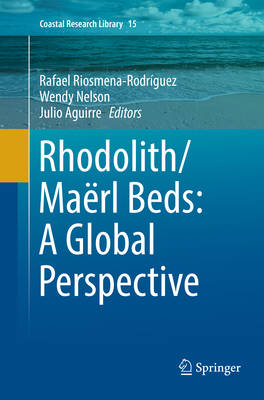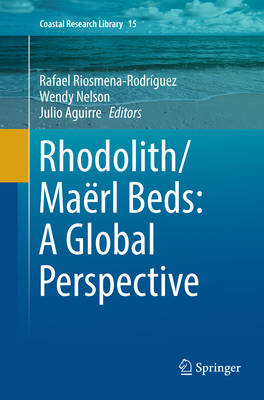
- Afhalen na 1 uur in een winkel met voorraad
- Gratis thuislevering in België vanaf € 30
- Ruim aanbod met 7 miljoen producten
- Afhalen na 1 uur in een winkel met voorraad
- Gratis thuislevering in België vanaf € 30
- Ruim aanbod met 7 miljoen producten
Zoeken
Rhodolith/Maërl Beds: A Global Perspective
€ 158,45
+ 316 punten
Omschrijving
Rhodolith beds are recognized internationally as a unique ecosystem, and they are the focus of this interdisciplinary book. These marine beds occur worldwide, from the tropics to the poles, ranging in depth from intertidal to deep subtidal habitats and they are also represented in extensive fossil deposits. In the light of international interest in rhodoliths and maerl concerning their role in coastal ecosystems and with respect to biodiversity, fisheries, and the production of sediment, this book provides the most comprehensive view possible. As readers will discover, rhodoliths/maerl are fundamental to a range of ecological processes, acting as ecosystem engineers including playing key roles in recruitment and providing nursery habitats. Rhodoliths/maerl have been used commercially in some parts of the world, and they are understood to be vulnerable to coastal modifications and human-induced change, and hence their status may serve as an indicator of ecosystem health. Rhodoliths/maerl contribute to global carbon budgets although the extent remains to be evaluated, as do the potential impacts of changing global climates and ocean acidification.
Specificaties
Betrokkenen
- Uitgeverij:
Inhoud
- Aantal bladzijden:
- 368
- Taal:
- Engels
- Reeks:
- Reeksnummer:
- nr. 15
Eigenschappen
- Productcode (EAN):
- 9783319805399
- Verschijningsdatum:
- 22/04/2018
- Uitvoering:
- Paperback
- Formaat:
- Trade paperback (VS)
- Afmetingen:
- 155 mm x 235 mm
- Gewicht:
- 772 g

Alleen bij Standaard Boekhandel
+ 316 punten op je klantenkaart van Standaard Boekhandel
Beoordelingen
We publiceren alleen reviews die voldoen aan de voorwaarden voor reviews. Bekijk onze voorwaarden voor reviews.










